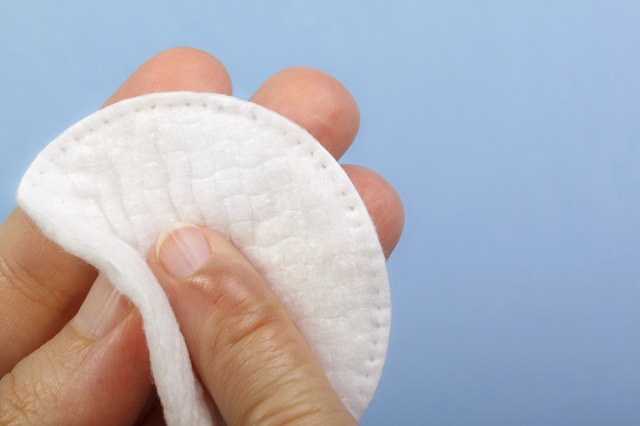
#BURN BLISTER SKIN#
The strata of skin around the stratum spinosum are most susceptible to shear. Pathophysiology Friction blisters įriction blisters are caused by excess shear stress between the bottom and surface of the skin and the body. Chronic bullous dermatosis: a disease that causes clusters of blisters on the face, mouth or genitals.The blisters usually develop in patches of the same shape and size on both sides of the body. Dermatitis herpetiformis: a skin disease that causes intensely itchy blisters, usually on the elbows, knees, back and buttocks.Pemphigus: a serious skin disease in which blisters develop if pressure is applied to the skin the blisters burst easily, leaving raw areas that can become infected.Bullous pemphigoid: a skin disease that causes large, tightly filled blisters to develop, usually affecting people over the age of 60.Other, much rarer conditions that cause blisters include: The most common are chickenpox, herpes, impetigo, and a form of eczema called dyshidrosis. There are also a number of medical conditions that cause blisters. This can happen if the skin is crushed, pinched or aggressively squeezed. The surface of the skin ruptures (breaks), and blood leaks into a tear between the layers of skin. Some chemical warfare agents, known as blister agents or vesicants, cause large, painful blisters wherever they contact skin an example is mustard gas.Ī blood blister usually forms when a minute blood vessel close to Blisters can also develop as a result of an allergic reaction to an insect bite or sting.

Sometimes, the skin will blister when it comes into contact with a cosmetic, detergent, solvent, or other chemical such as nickel sulfate, Balsam of Peru, or urushiol ( poison ivy, poison oak, poison sumac). Sunburn can also result in blisters.īlisters can also form on the hands and feet as a result of tissue damage incurred by frostbite. First and second degree burns may result in blistered skin however, it is characteristic of second degree burns to blister immediately, whereas first degree burns can have blisters after a couple of days. This type of blistering is one of the tools used to determine the degree of burns sustained. Both blisters and calluses can lead to more serious complications, such as foot ulceration and infection, particularly when sensation or circulation is impaired, as in the case of diabetes, neuropathy or peripheral artery disease (PAD). Less-aggressive rubbing over long periods of time may cause calluses to form rather than a blister. Blisters form more easily on damp skin than on dry or soaked skin, and are more common in warm conditions. Blisters are most common on the hands and feet, as these extremities are susceptible while walking, running, or performing repetitive motions, such as joystick manipulation whilst playing certain video games, certain sports (e.g., baseball pitching), digging with a shovel, playing guitar or bass, etc. This kind of blister is most common after walking long distances or by wearing old or poorly fitting shoes. Intense rubbing can cause a blister, as can any friction on the skin if continued long enough. This fluid cushions the tissue underneath, protecting it from further damage and allowing it to heal. Fluid collects between the upper layers of skin (the epidermis) and the layers below (the dermis). Ī blister may form when the skin has been damaged by friction or rubbing, heat, cold or chemical exposure. If popped, the excess skin should not be removed because the skin underneath needs the top layer to heal properly. To heal properly, a blister should not be popped unless medically necessary. In dermatology today, the words vesicle and bulla refer to blisters of smaller or greater size, respectively. It came from the Middle Dutch bluyster and was a modification of the Old French blostre, which meant a leprous nodule-a rise in the skin due to leprosy.

The word "blister" entered English in the 14th century. However, blisters can be filled with blood (known as " blood blisters") or with pus (for instance, if they become infected).

Most blisters are filled with a clear fluid, either serum or plasma. Heat, cold, electricity, chemicals, friction, radiationĪ blister is a small pocket of body fluid ( lymph, serum, plasma, blood, or pus) within the upper layers of the skin, usually caused by forceful rubbing ( friction), burning, freezing, chemical exposure or infection. Blisters from abrasive rubbing are common on the feet.


 0 kommentar(er)
0 kommentar(er)
